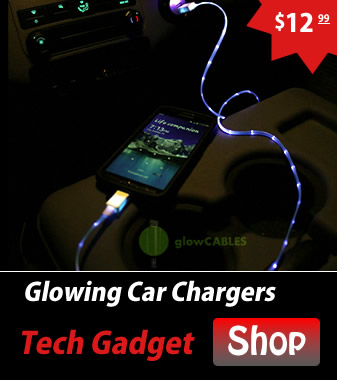 |

Once at the site Go to >> Shopping Tools >> See Wheels On Your Vehicle |
|||||||||||||||
|
|
Acura |
Wheel OffsetsThe offset of a wheel is the distance from the mounting surface of the wheel to the true centerline of the rim. A positive offset means the mounting surface of the wheel is positioned in front of the true centerline of the rim / tire assembly. This in effect brings the tire in to the fender well more. Conversely, a negative offset means the mounting surface of the wheel is behind the true centerline of the rim / tire assembly. This will cause the tire to stick out away from the vehicle. H = High Positive or FWD (Front Wheel Drive) typically +45,40,35 offsets M = Medium Offset or RWD (Rear Wheel Drive) Typically +20 offset L = Low Offset or RWD (Rear Wheel Drive) Typically 0 offset |
|||||||||||||
Plus SizingPlus sizing your wheel & tire combination was designed to enhance vehicle performance and looks by allowing fitment of larger diameter rims and lower profile tires. The theory is that while making these changes, you keep the overall tire diameter within 3% of the original equipment tires. This is important because larger variances can cause problems with transmission shift points which can decrease fuel mileage. It can also confuse braking system computers which can even lead to brake failure. Here's the rule of thumb for "plus sizing":
Centerbore relates to the center hole in the wheel that centers the wheel on the hub of the car. Since most wheels are mass produced, they have a large center bore to accommodate several different vehicles. If this is the case, it is recommended that you use a hub ring. Hub rings are hard plastic or metal ring that fits between the wheel and the vehicle. This centers the wheel perfectly on the hub ensuring that there is no run out when the wheel is installed on to the vehicle. Without hub rings it is possible to get vibrations even if the wheel / tire assembly is perfectly balanced. Torque: All alloy wheels should be installed using a torque wrench. This ensures that the wheels are not too tight or too loose. Check your vehicle's manual for correct settings. When you install wheels for the first time, you should re-torque wheels after about 100km to 150km (60 to 90 miles). Always refer to Owner's Manual for proper factory specifications that take precedence over the listed recommendations. 12mm = 70~80, 7/16" = 55~65, 1/2" = 75~85, 14mm = 85~95, 9/16" = 95~115, 5/8" =135~145.
|
||||||||||||||||
